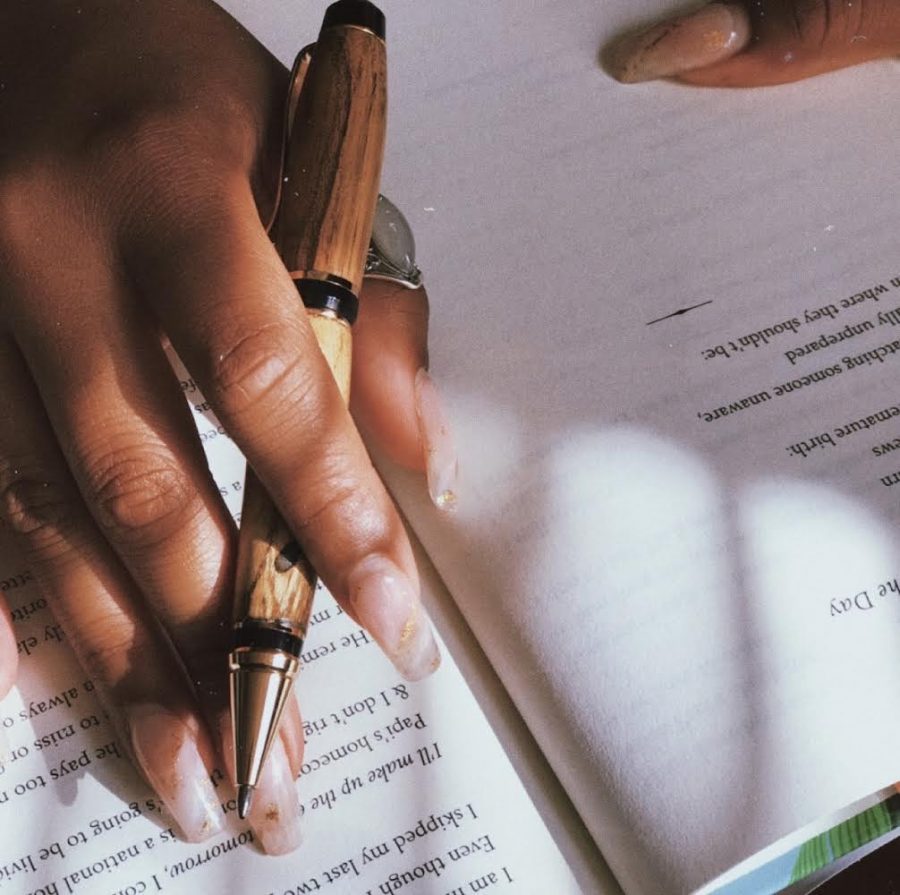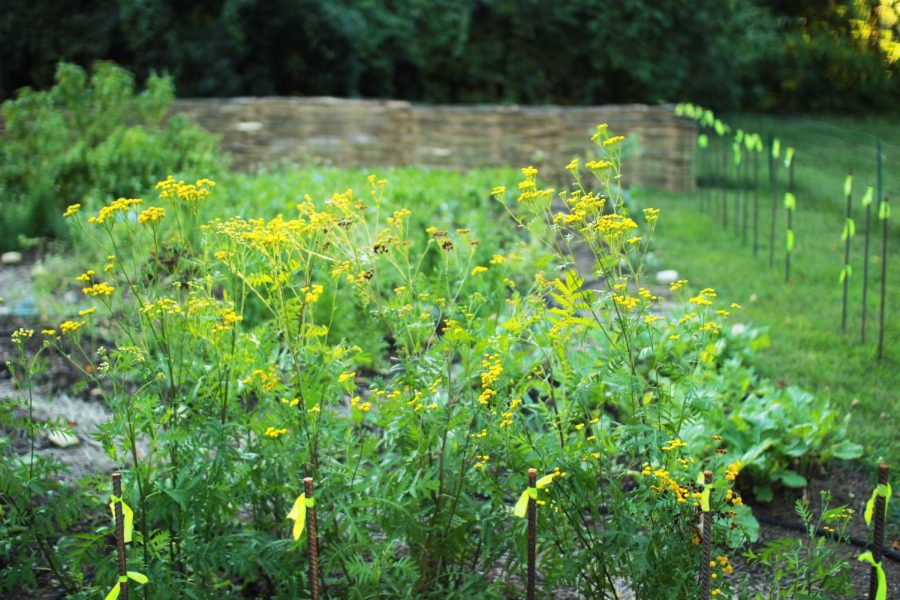Whether the reader is thinking about or actually attempting to raise a child bilingually, Barbara Zurer Pearson has written an accessible and informative how-to guide for raising a child to speak more than one language. In “Raising a Bilingual Child: A step-by-step guide for parents,” Pearson breaks down the process in each chapter, not only explaining each technique academically, but also in a way that is easy to digest. Some of her concepts are also accompanied with diagrams that better demonstrate the point she is trying to make.
Each chapter of “Raising a Bilingual Child” begins with an overview of what is to be discussed, so the parent can easily flip to a focal point for review. There is also an introduction with explanations about the reasons to raise a child bilingually. Although Pearson mentions in the introduction that she was not raised bilingual herself, she claims that the root of her interest lies in the times she spent in Paris. She also expands on her interests from a research perspective.
Working as a research associate at the University of Miami, and later at the University of Massachusetts, Pearson has spent 20 years studying the linguistics of bilingualism, and wrote the book with the intention that it would also become a vital tool for American families to use. “Raising a Bilingual Child” even reads more like literature, with the separation of each idea or concept within each chapter. The themes and concepts put forth within its pages can easily be understood by those who are bilingual and are attempting to raise their children bilingual, or those who are monolingual trying to better their children.
It’s obvious that Pearson did her homework. She consulted over 100 families to answer questions, so instead of having an all-scientific book, there are actual testimonies to back up her points. A whole chapter of her book is even dedicated to case studies and testimonials of people who have successfully raised their children bilingual. Easy-to-understand tables are used to display the families’ strengths and weaknesses, as well as in-depth backgrounds of the families’ histories with each language spoken.
A parent can read all the concepts necessary to raise their child bilingually, but it culminates in this chapter when they see exactly how it plays out. Factors that are evaluated in each case study are as follows: input (meaning if parents speak the language in question), extended family, community, print materials, travel options, attitudes and experiences and level of commitment. This gives parents a solid guideline to follow as they try to immerse their children into a bilingual environment.
In addition to real-life testimonies and research, Pearson has included a chapter on the science of bilingualism and the way bilinguals think. She demonstrates clearly the science of the brain – where language functions and how it relates and connects to the other areas of the brain. Since this chapter is mostly scientific, one would assume that it would be hard to understand, but Pearson again utilizes tables to make her point. The tables are easy to read and understand, as well as visually stimulating. Ultimately, it’s a preferable way of digesting the content of the book.
From the science and research involved, to the real-life experiences of families raising their children to be bilingual, “Raising a Bilingual Child” succeeds in pleasing a vast array of readers. On the strength of her years of research, Pearson has written an informative guide on the inner workings of bilingualism, and also has created a body of work that is as much dynamic as it is enjoyable. Whether this reader is a linguistics expert, a parent or a researcher, “Raising a Bilingual Child” surpasses expectations.
Haley Navarro can be reached at [email protected].






